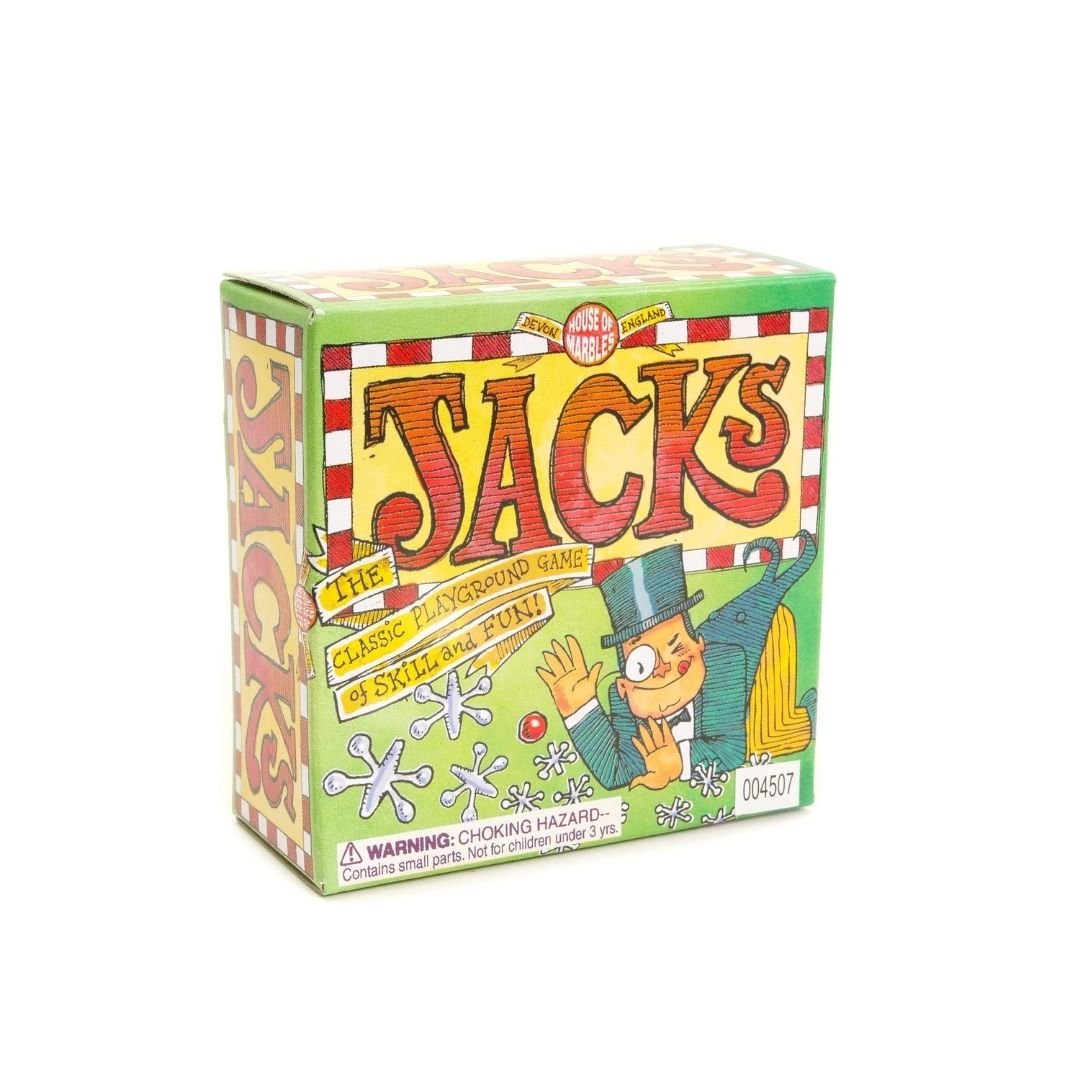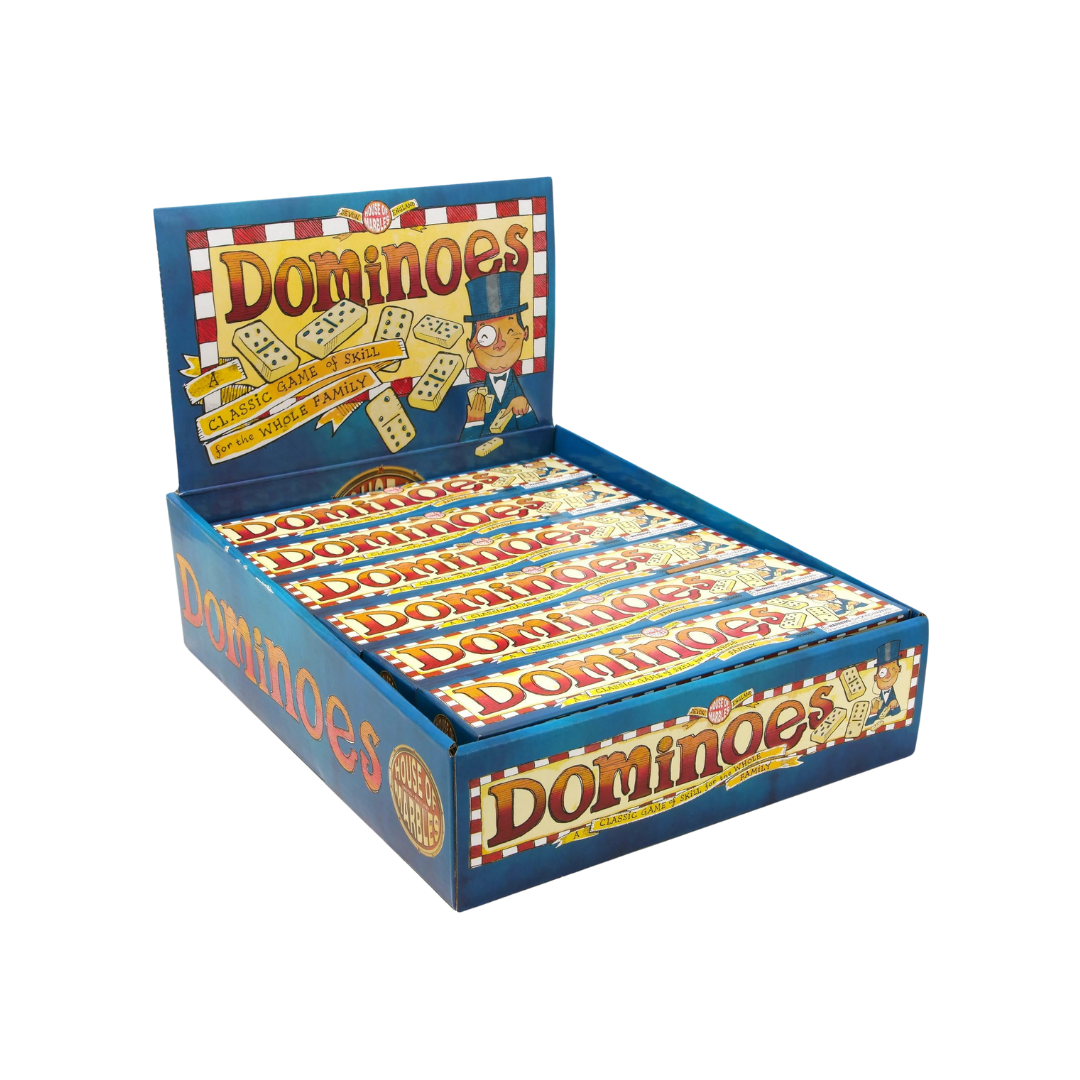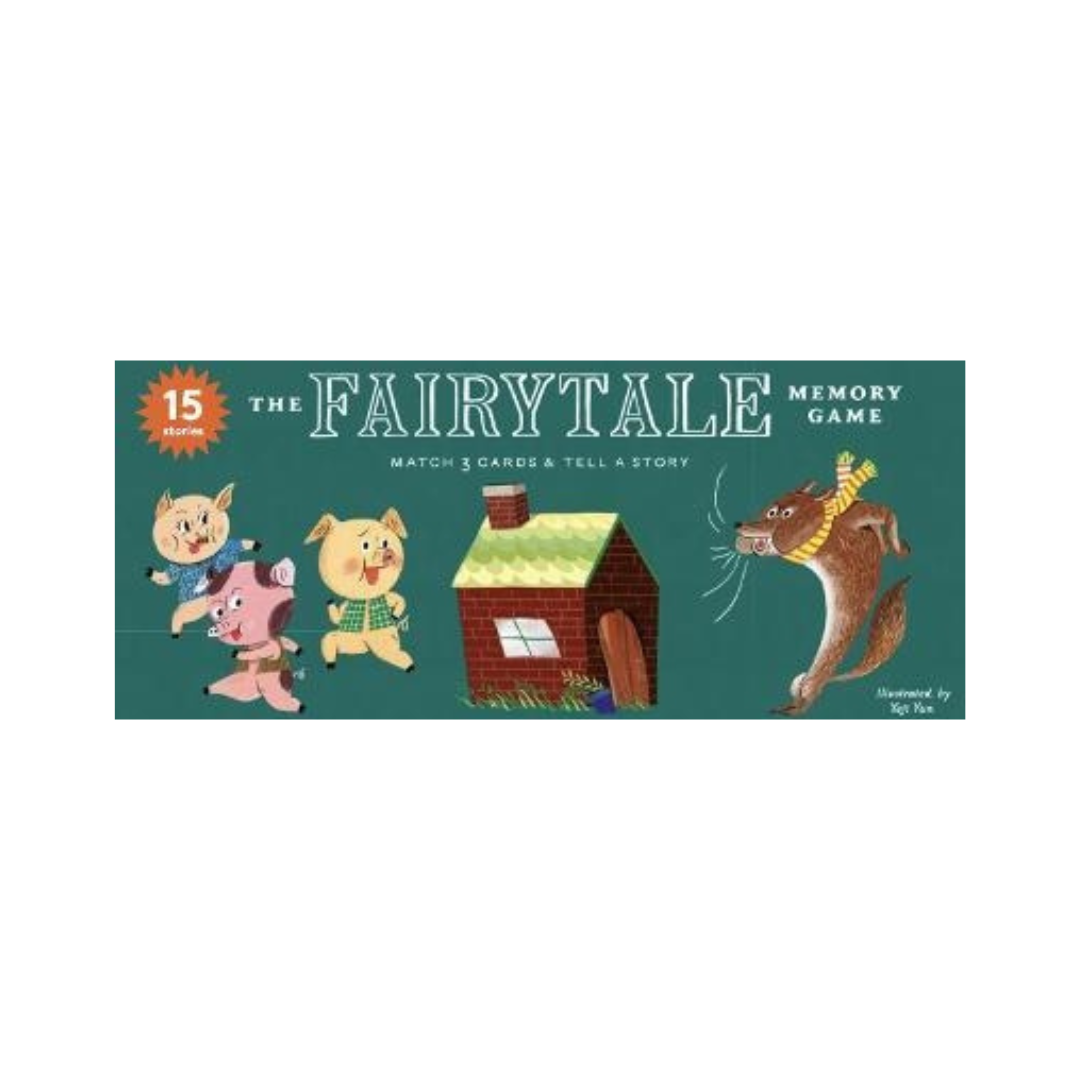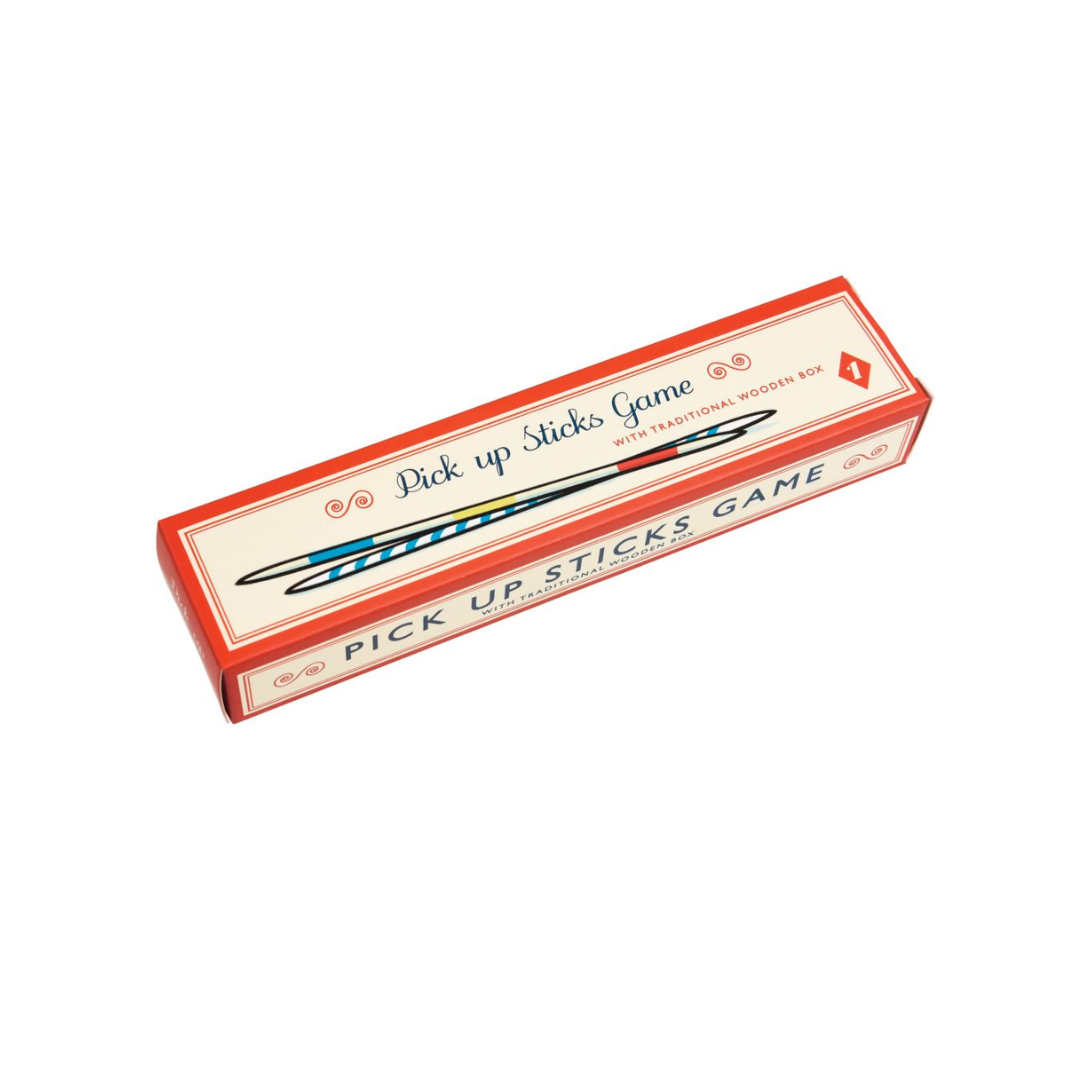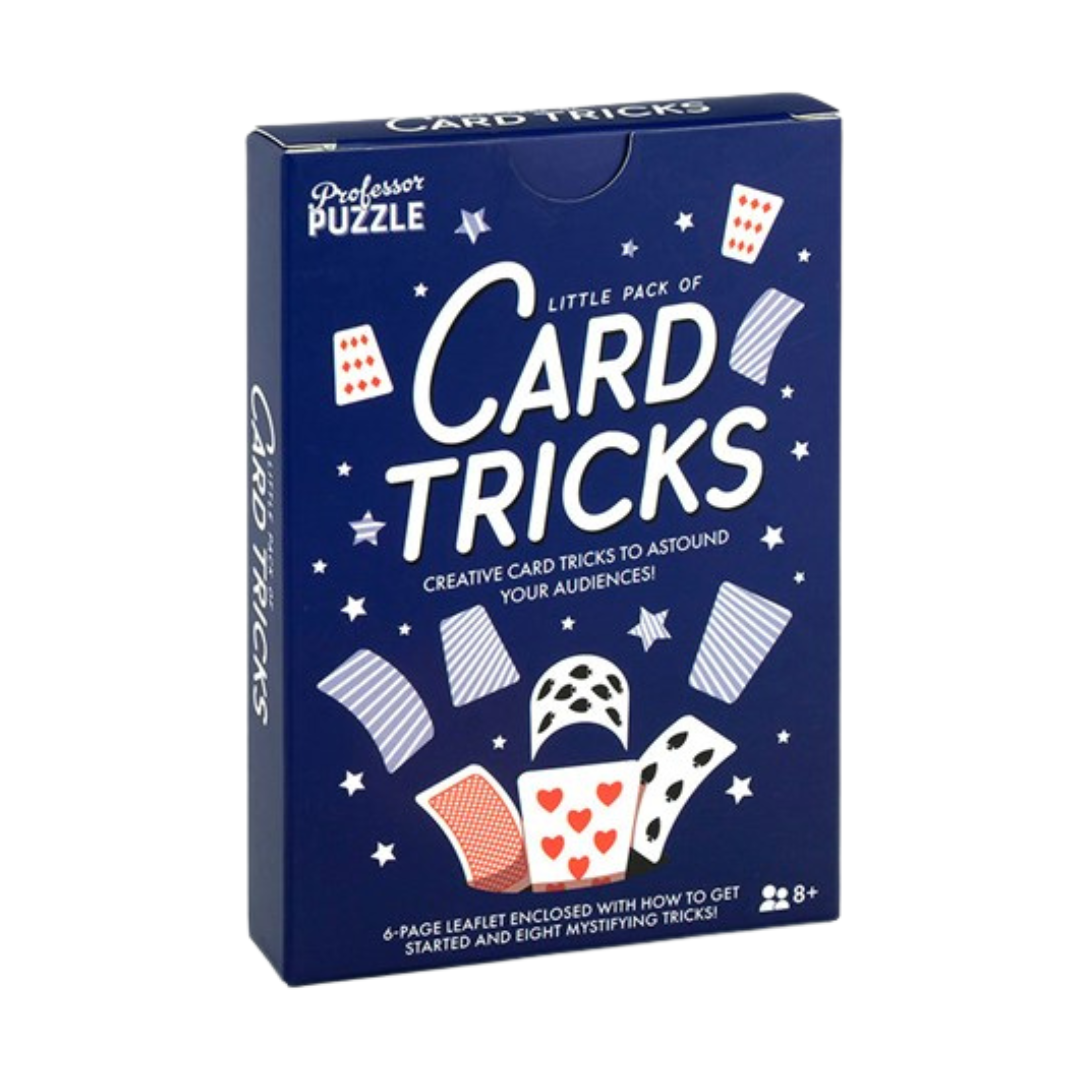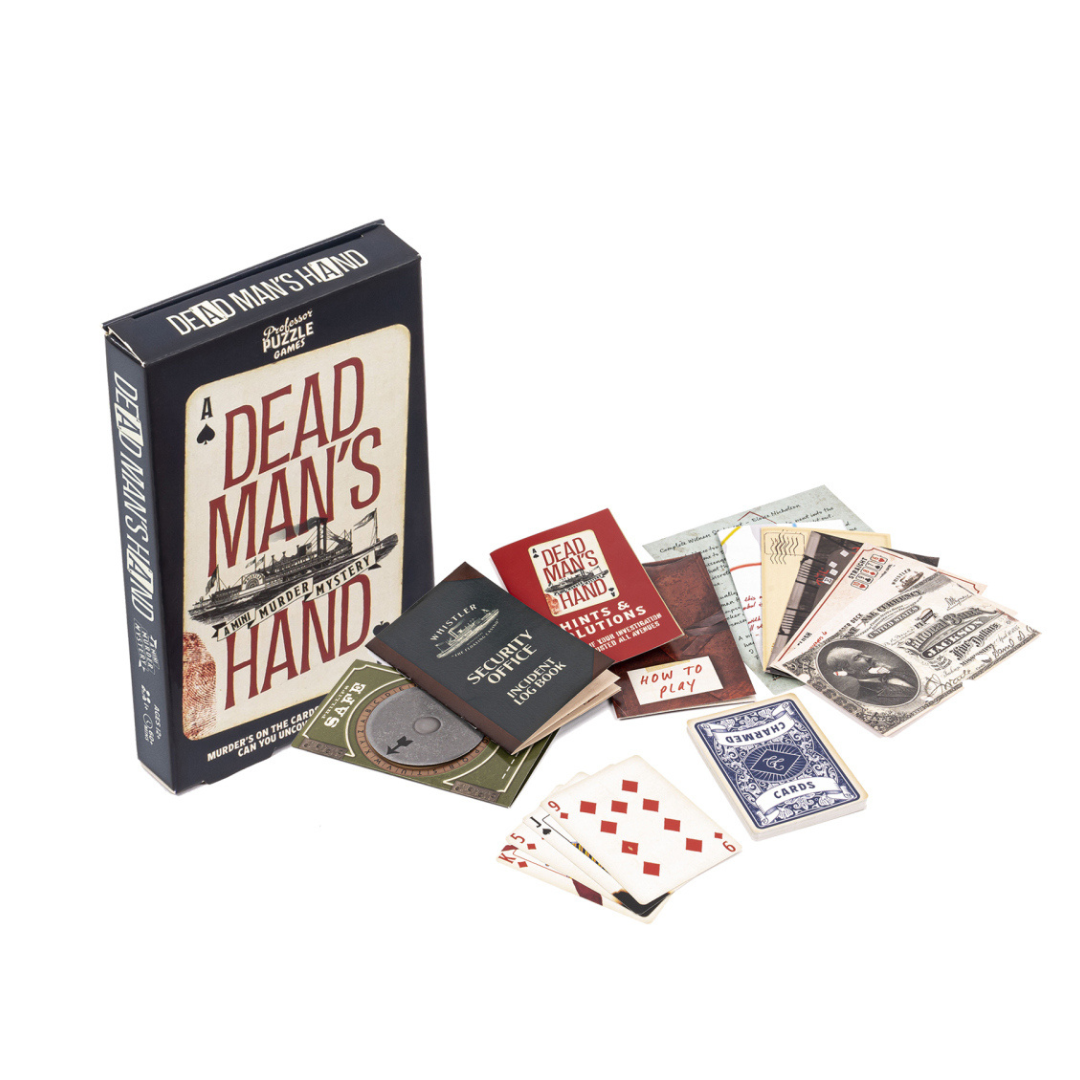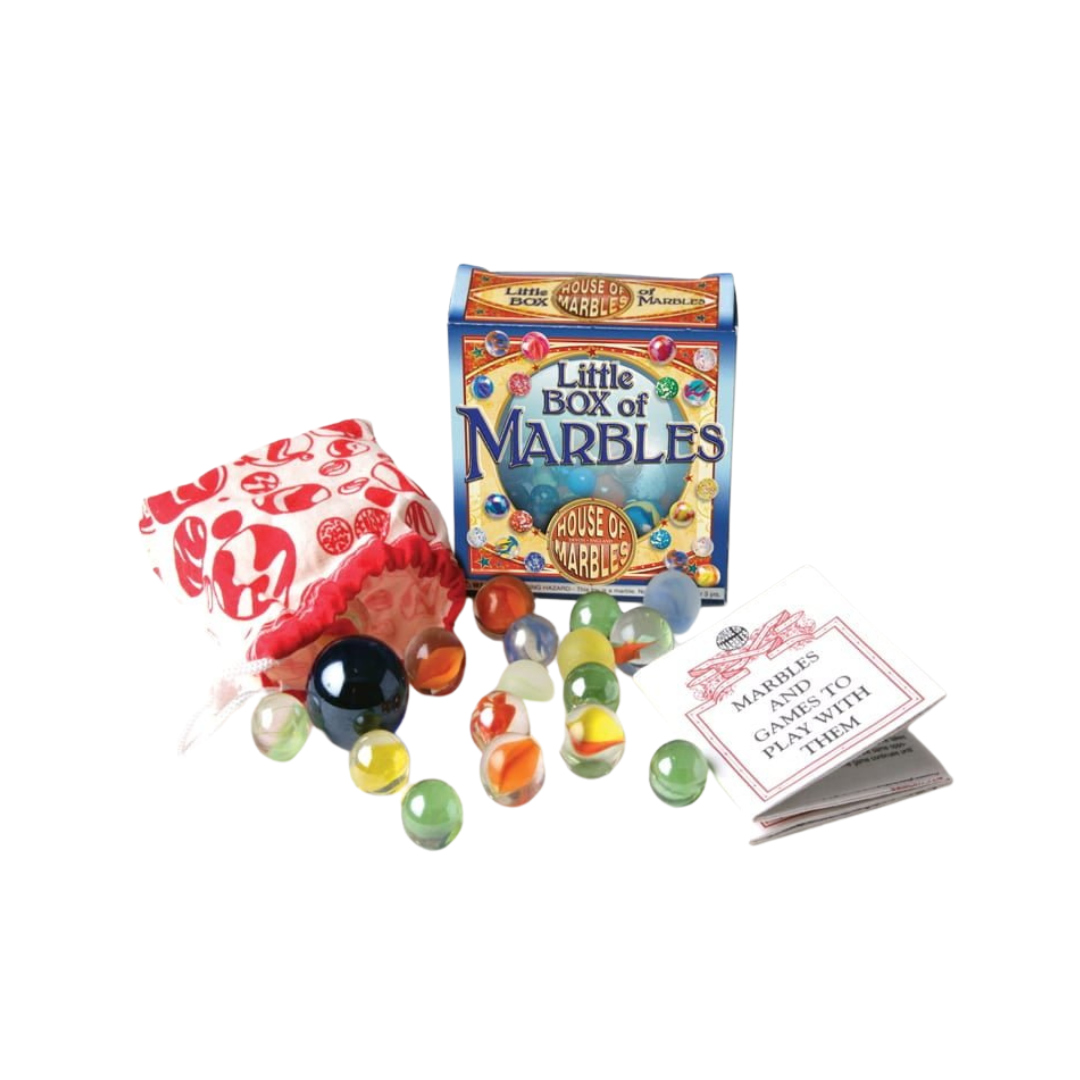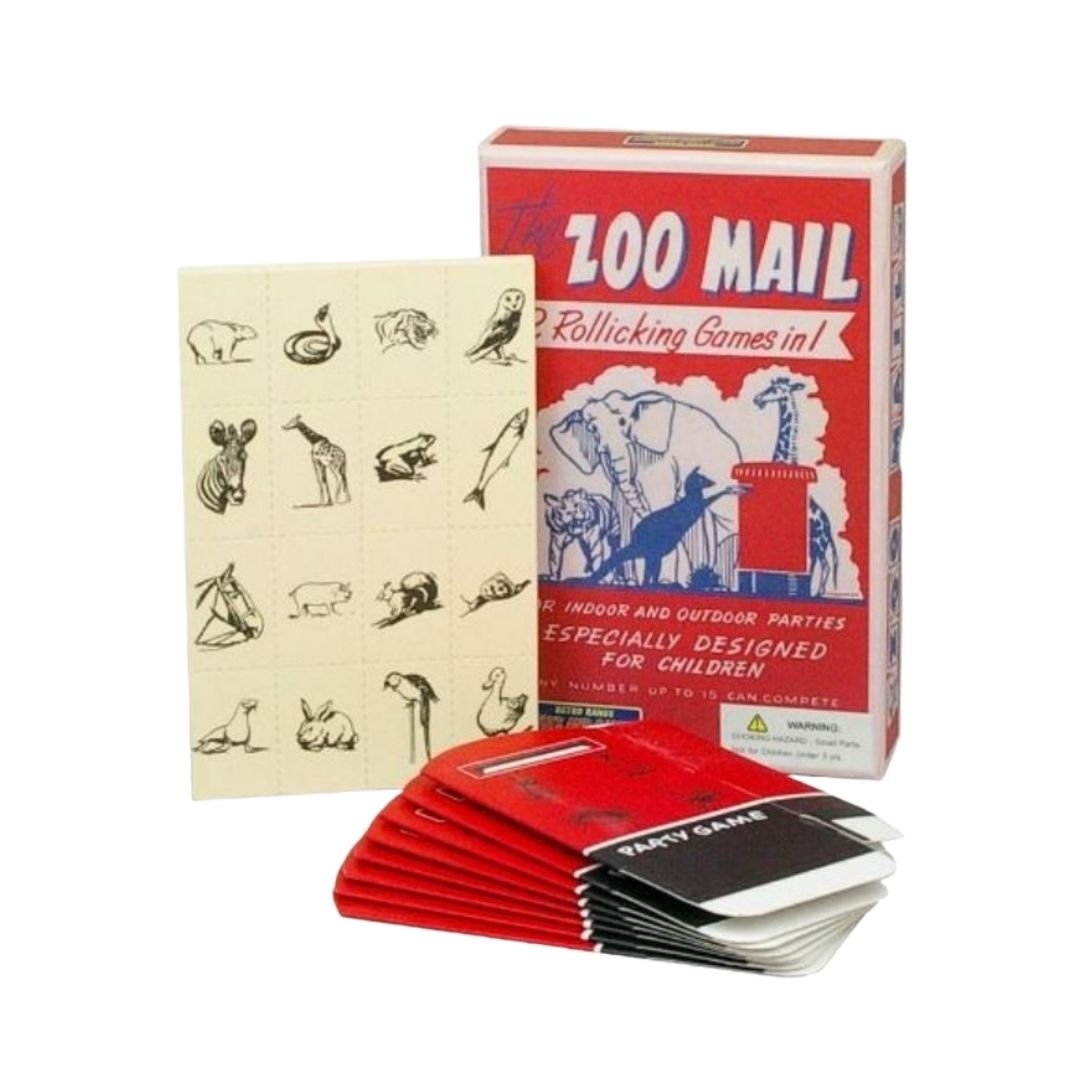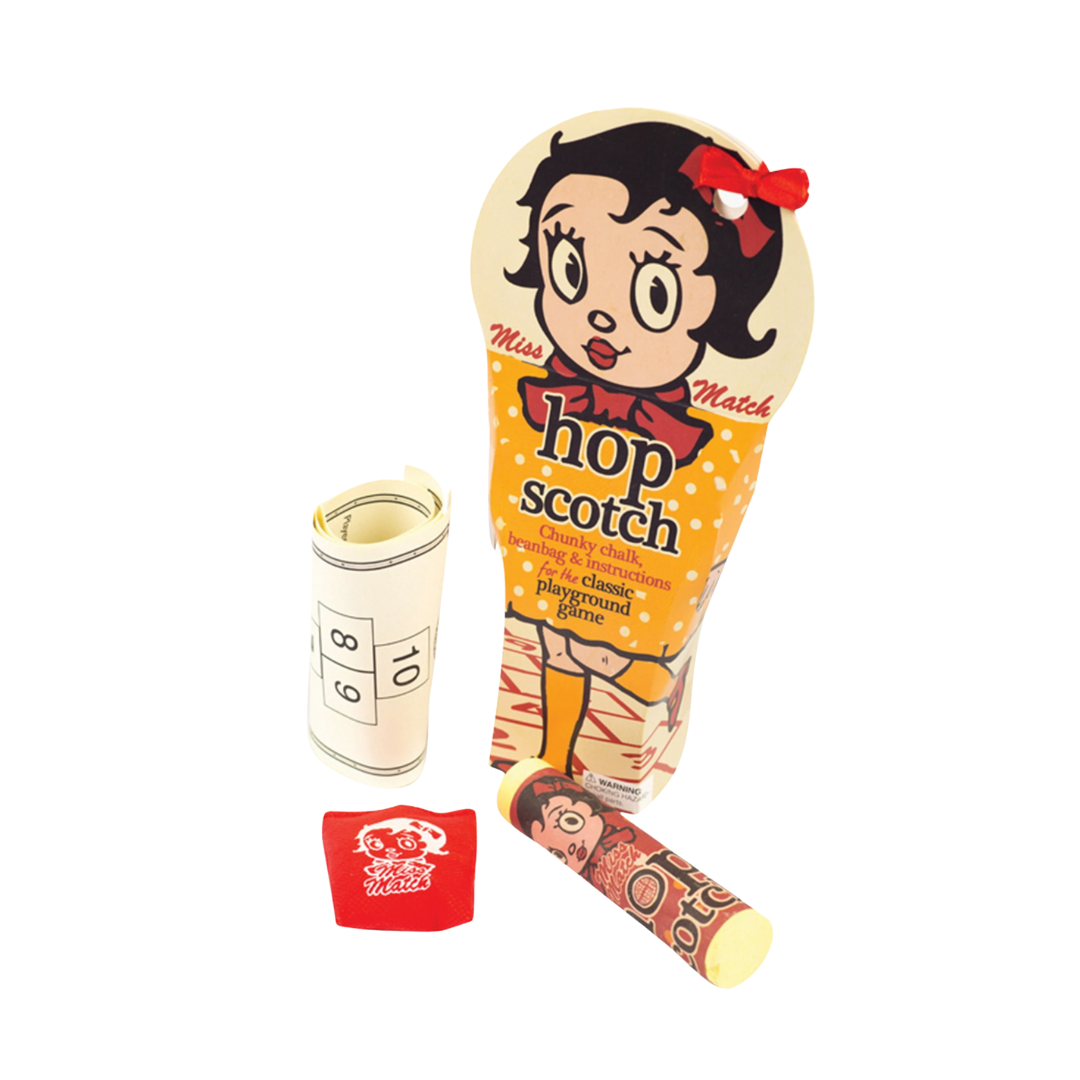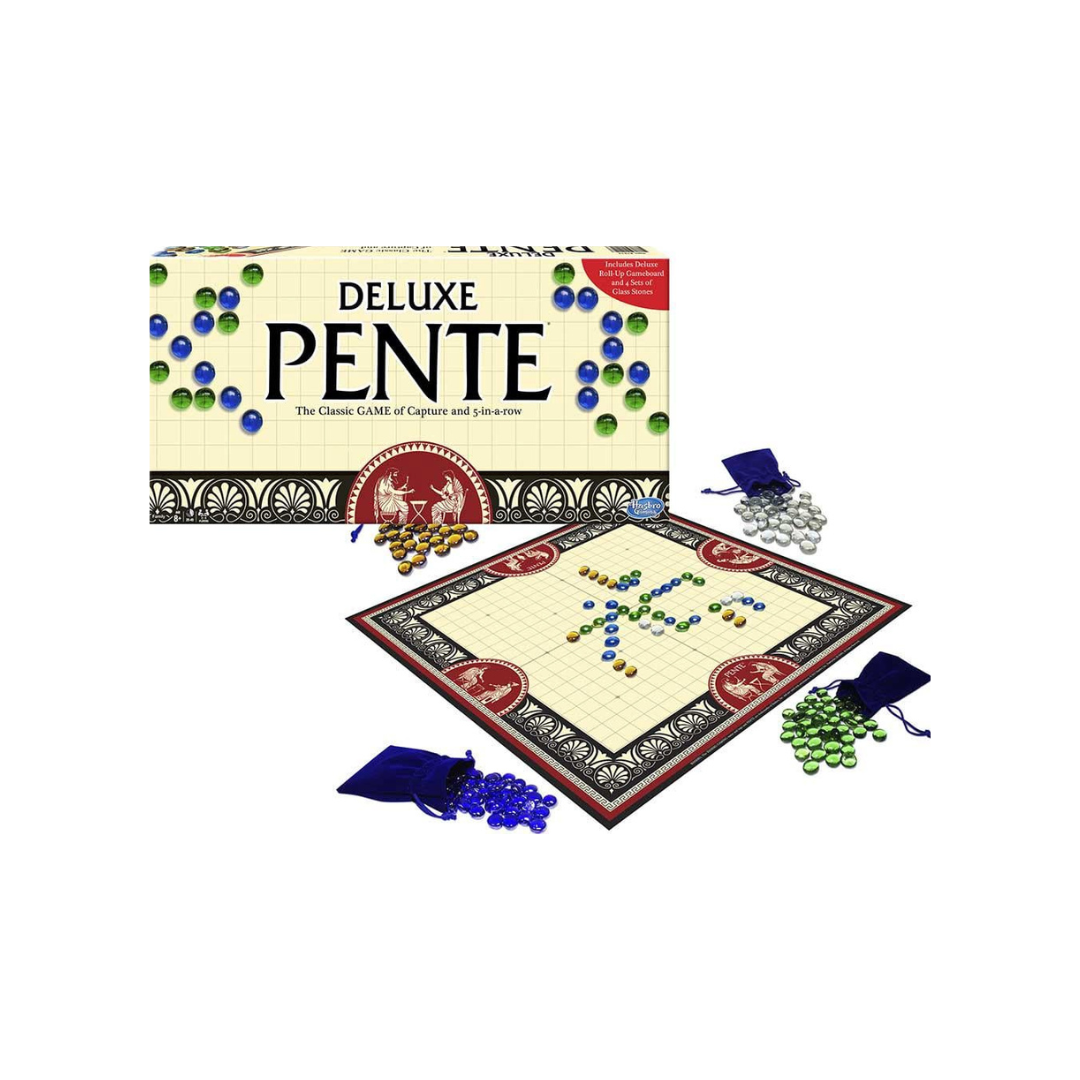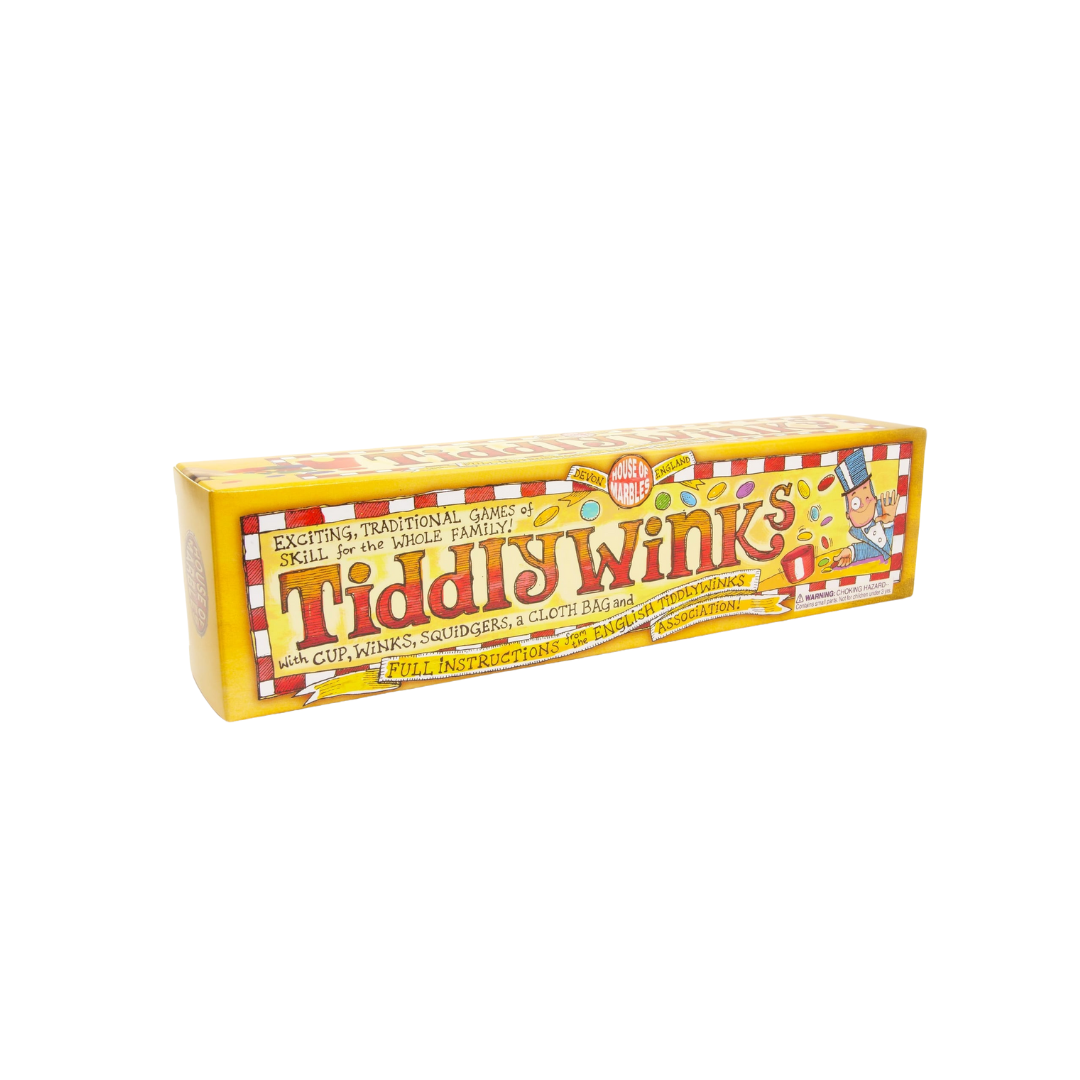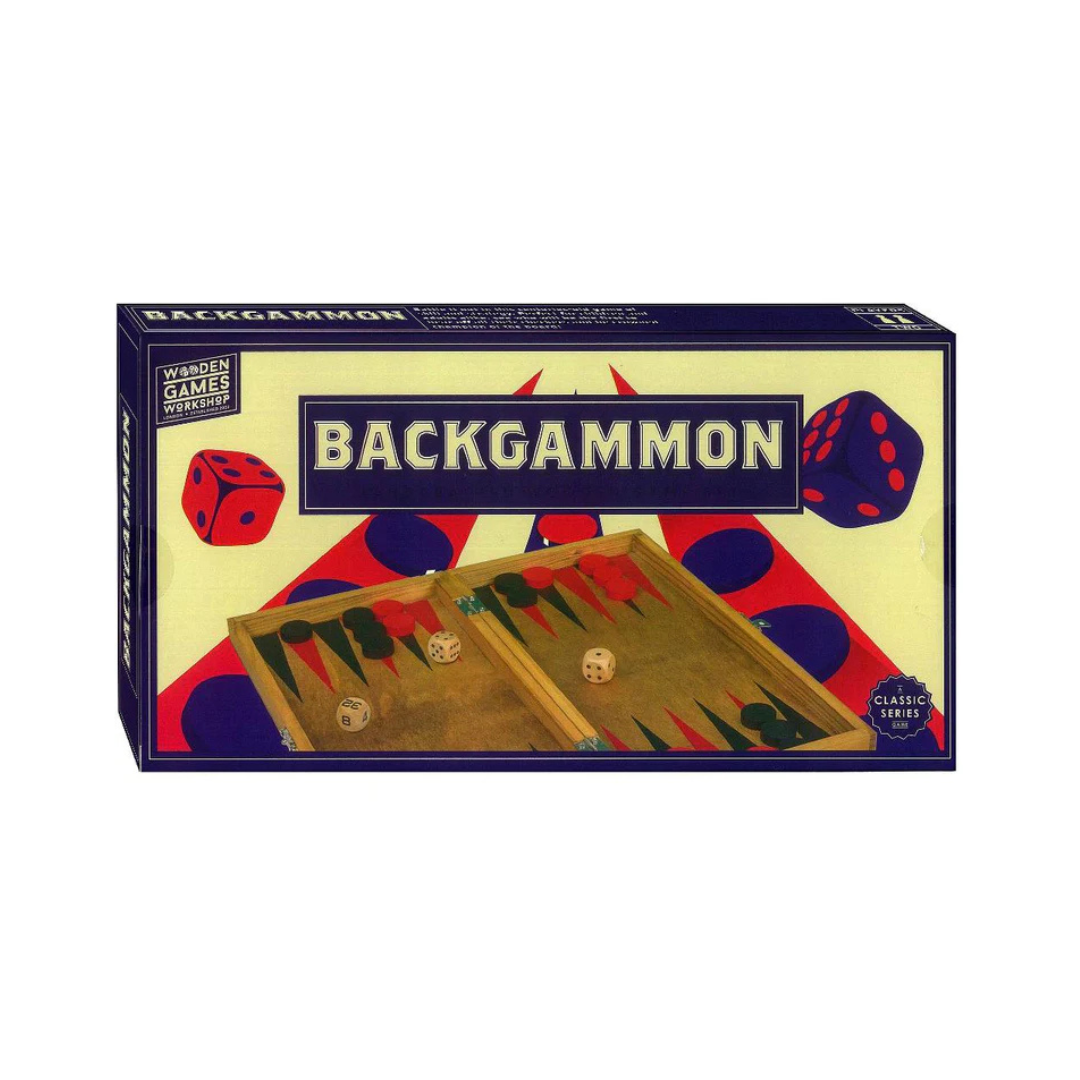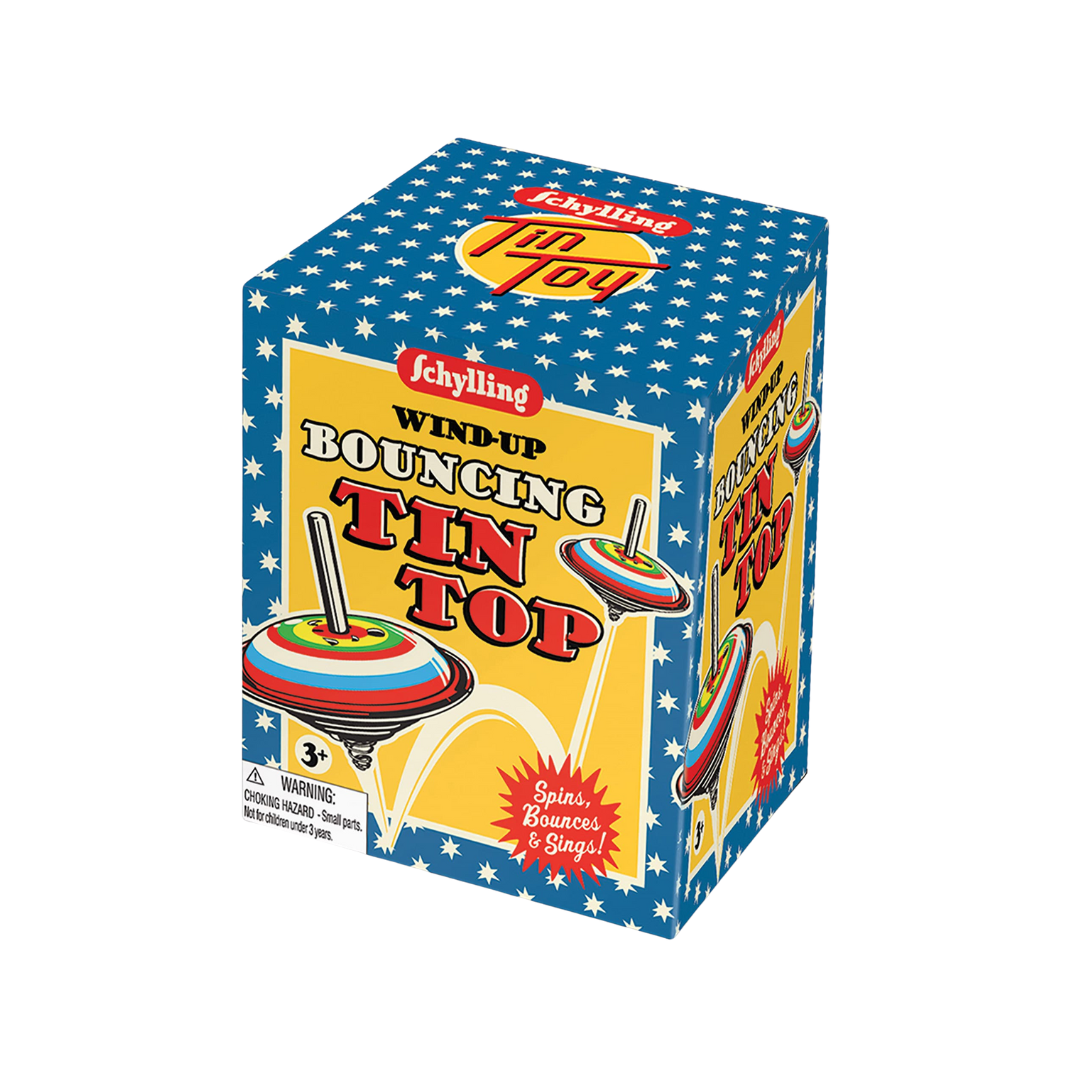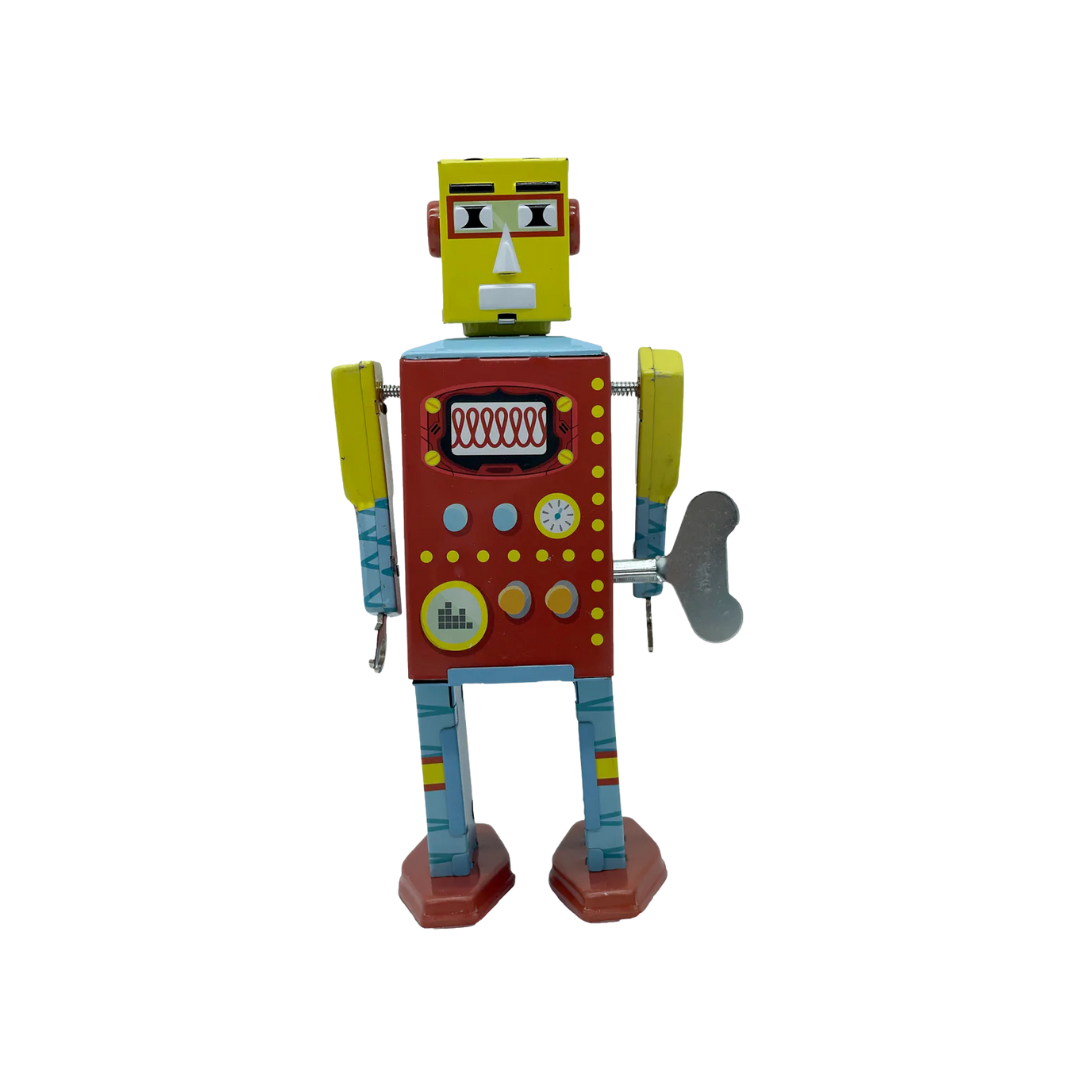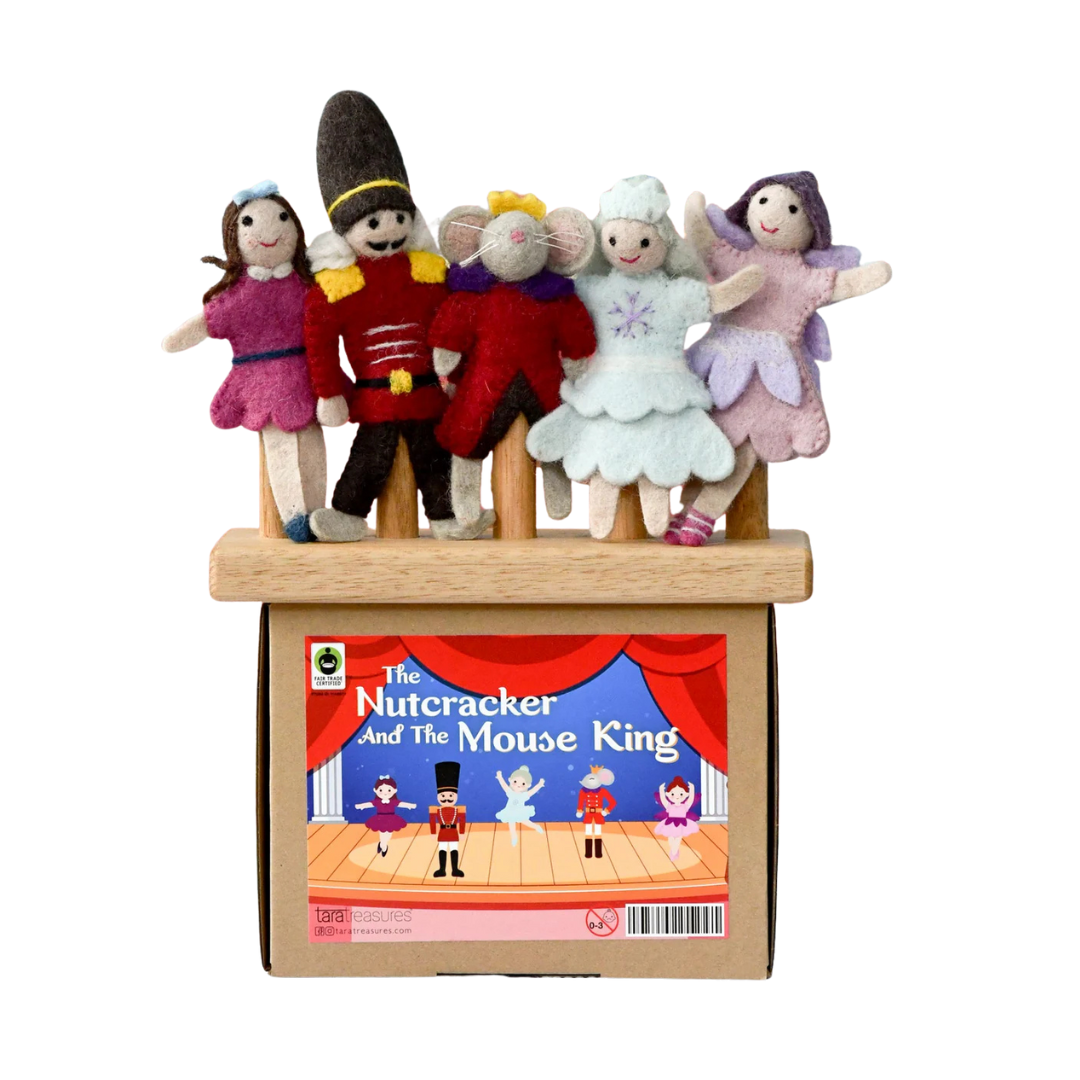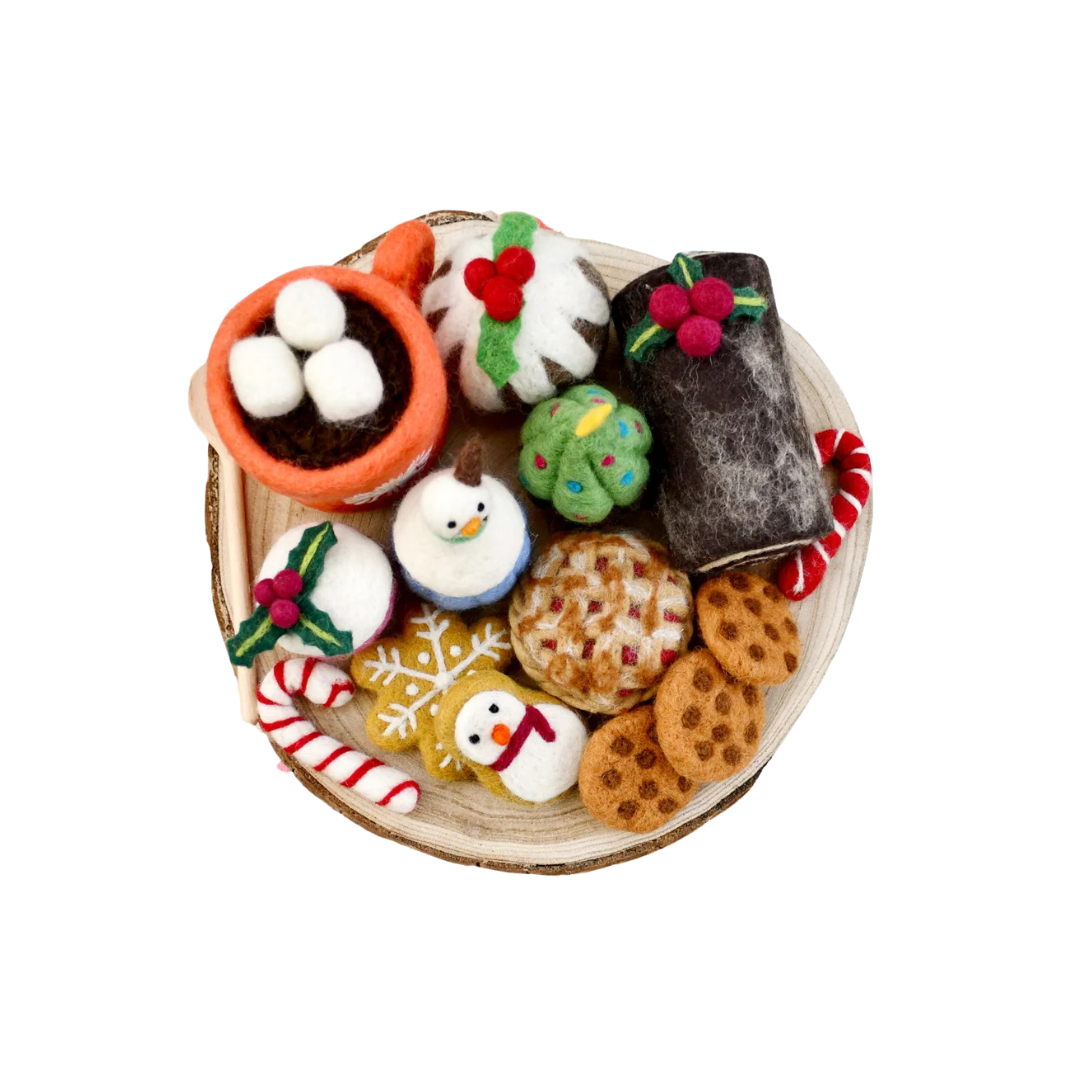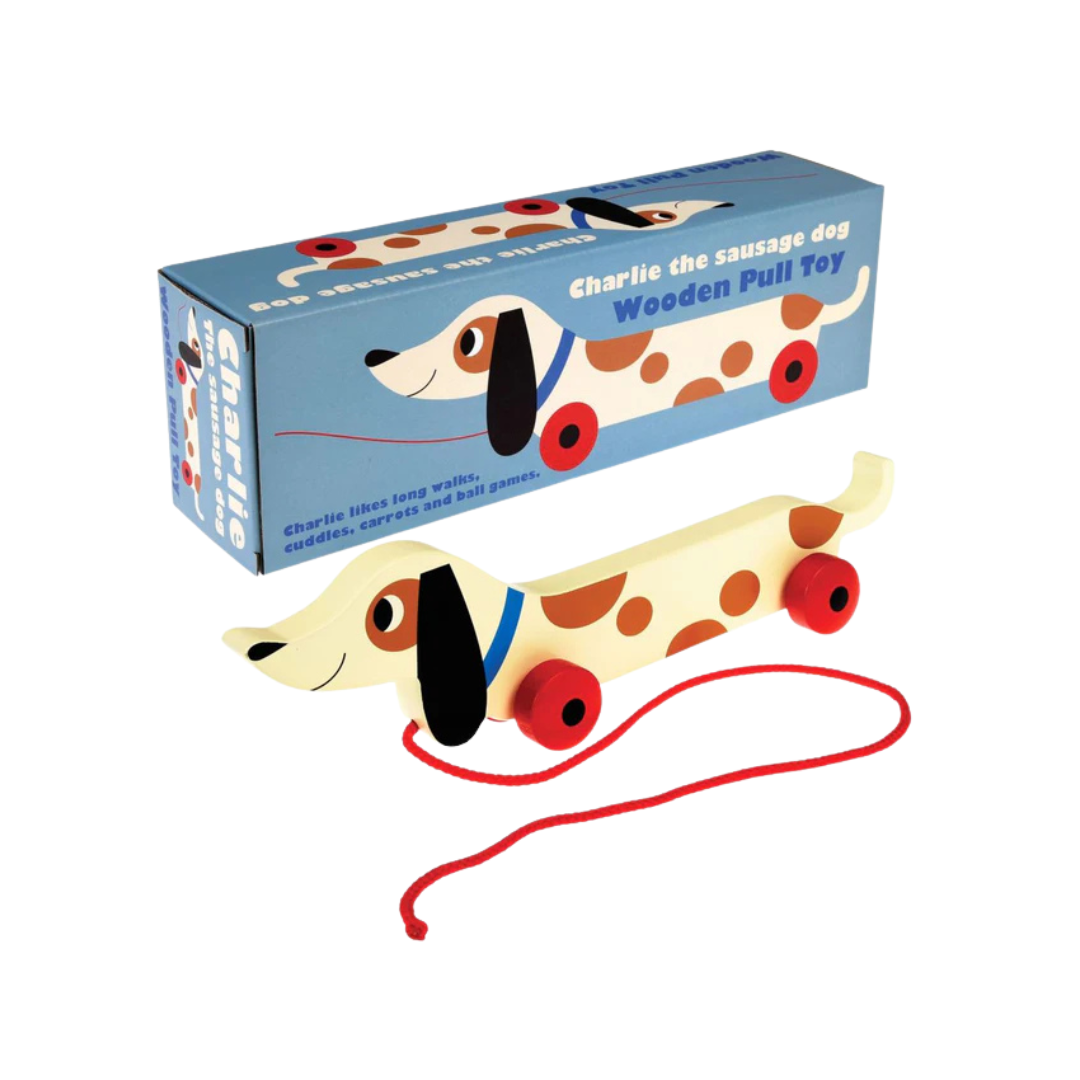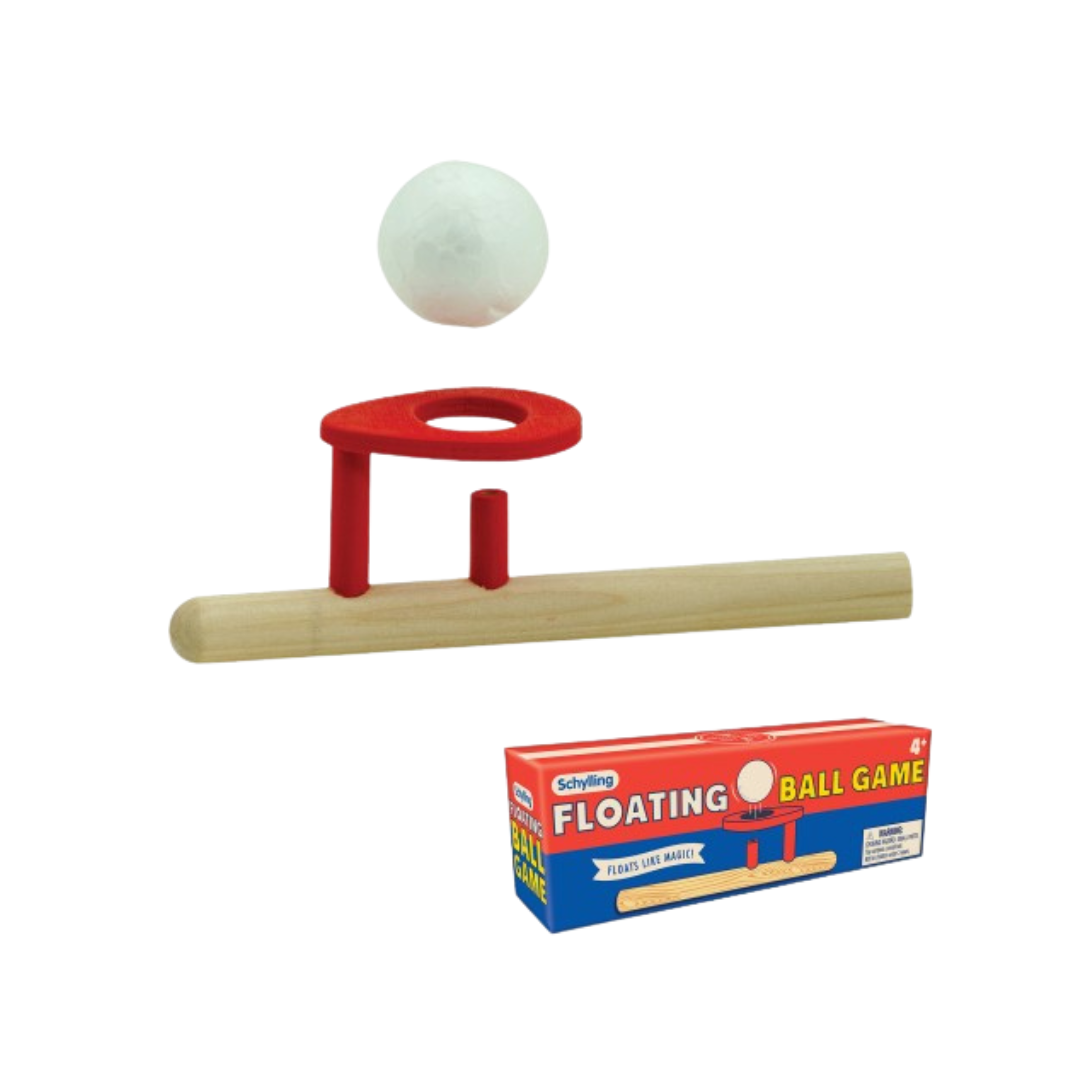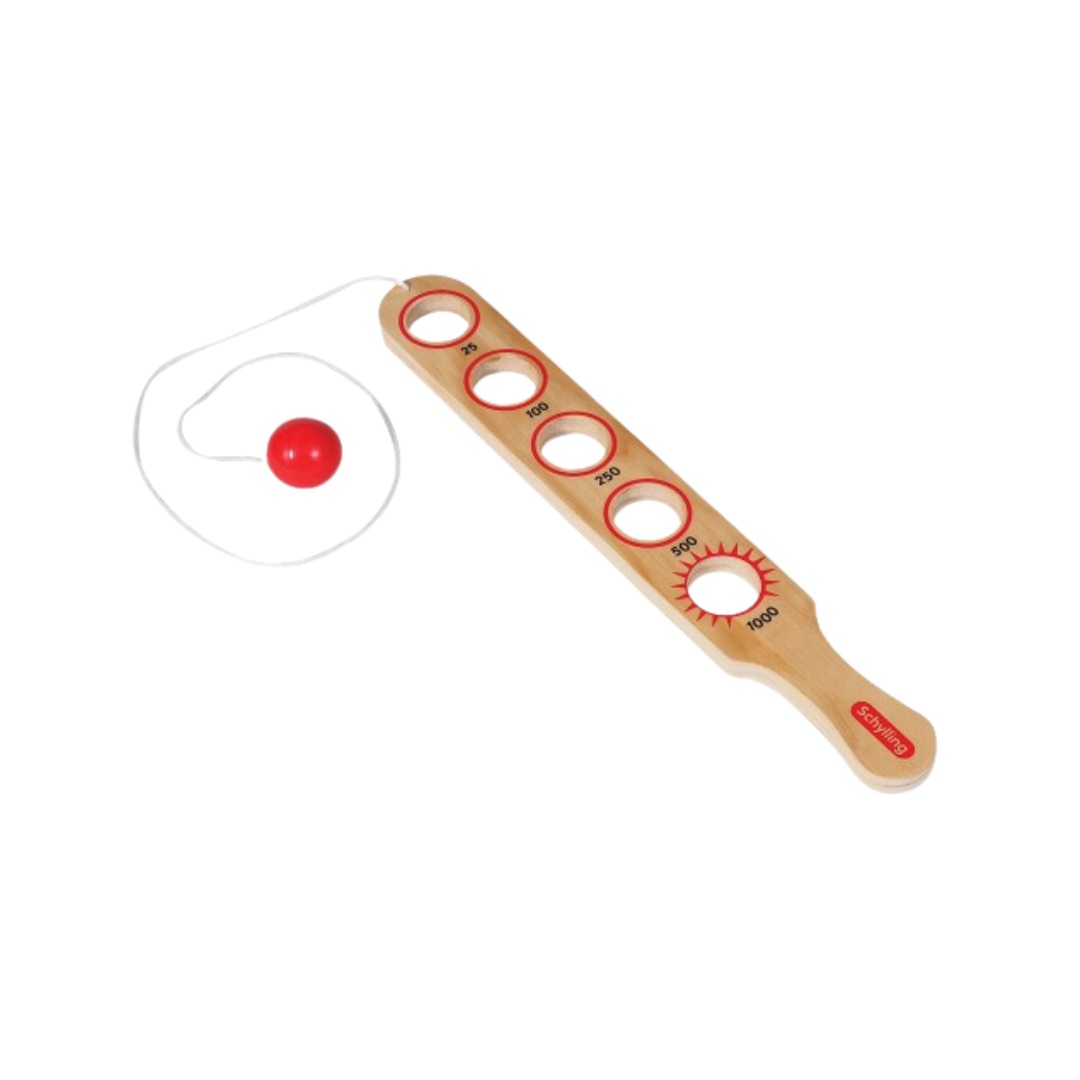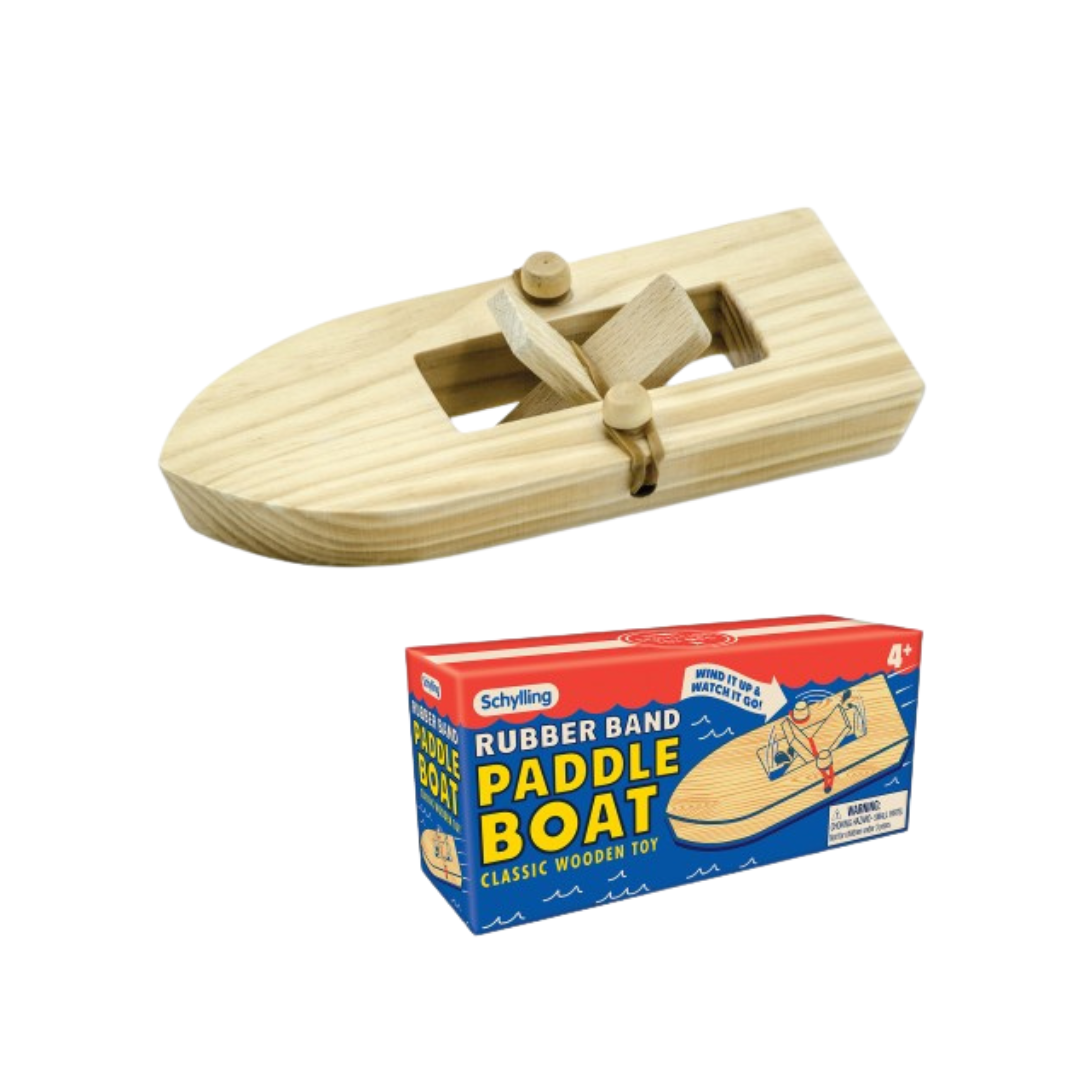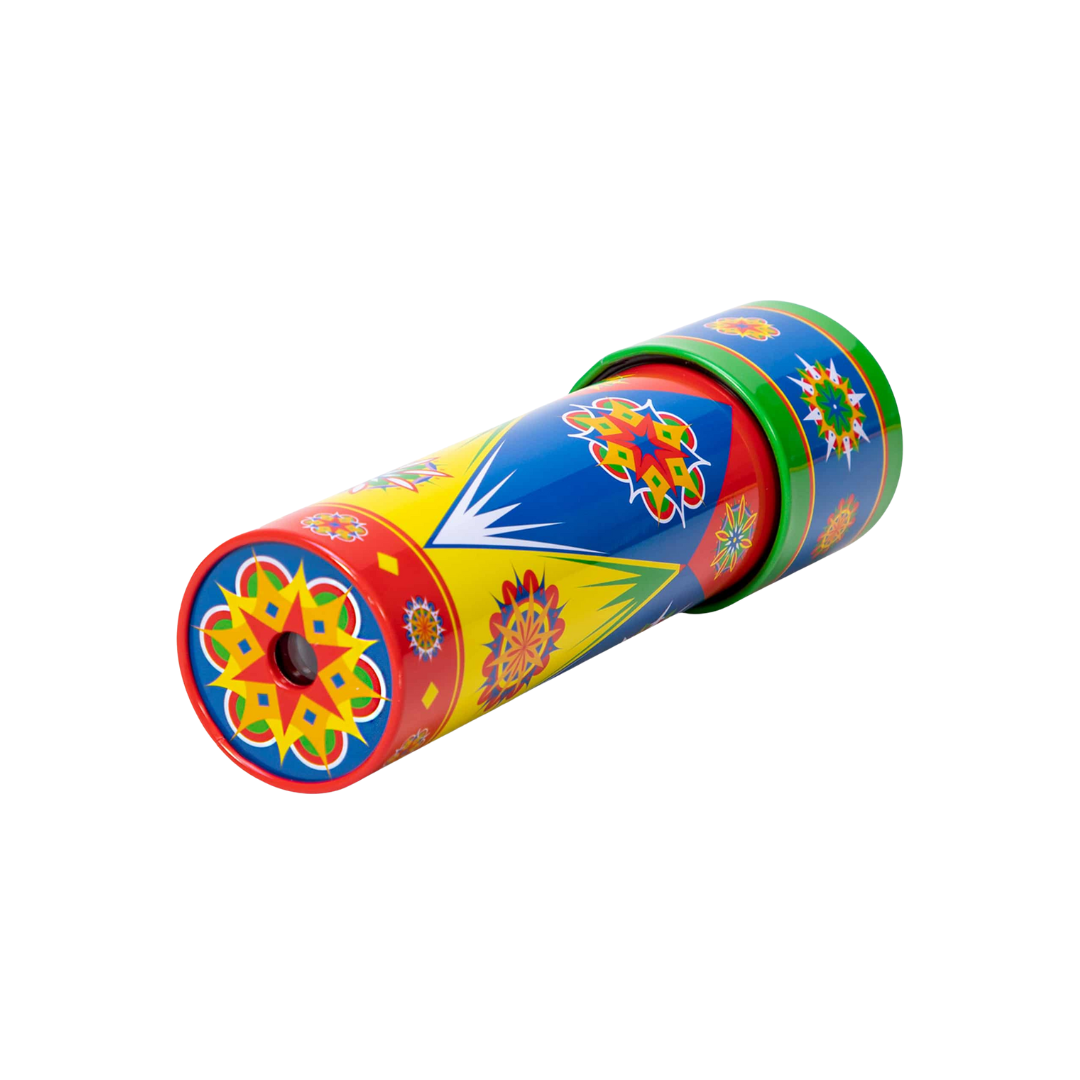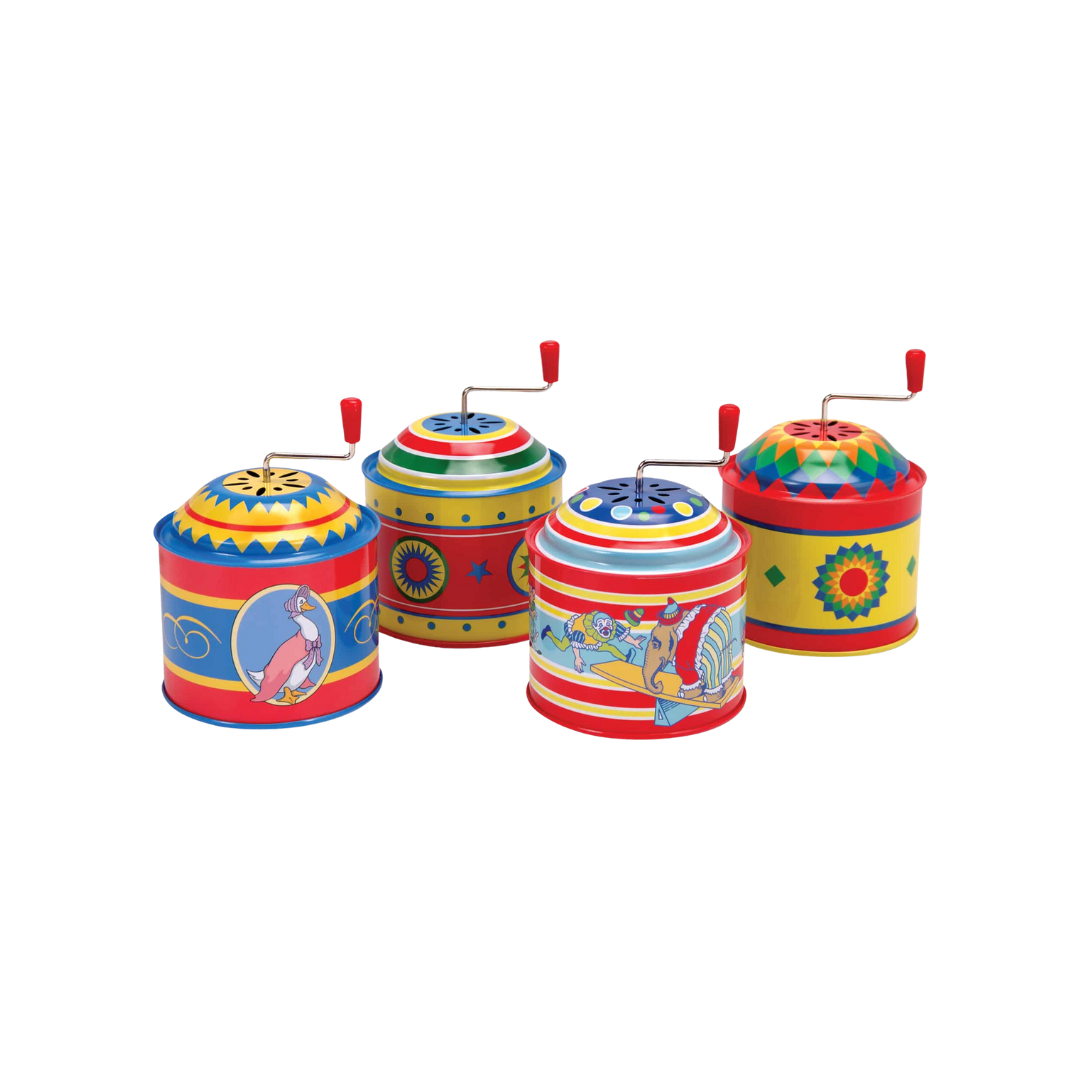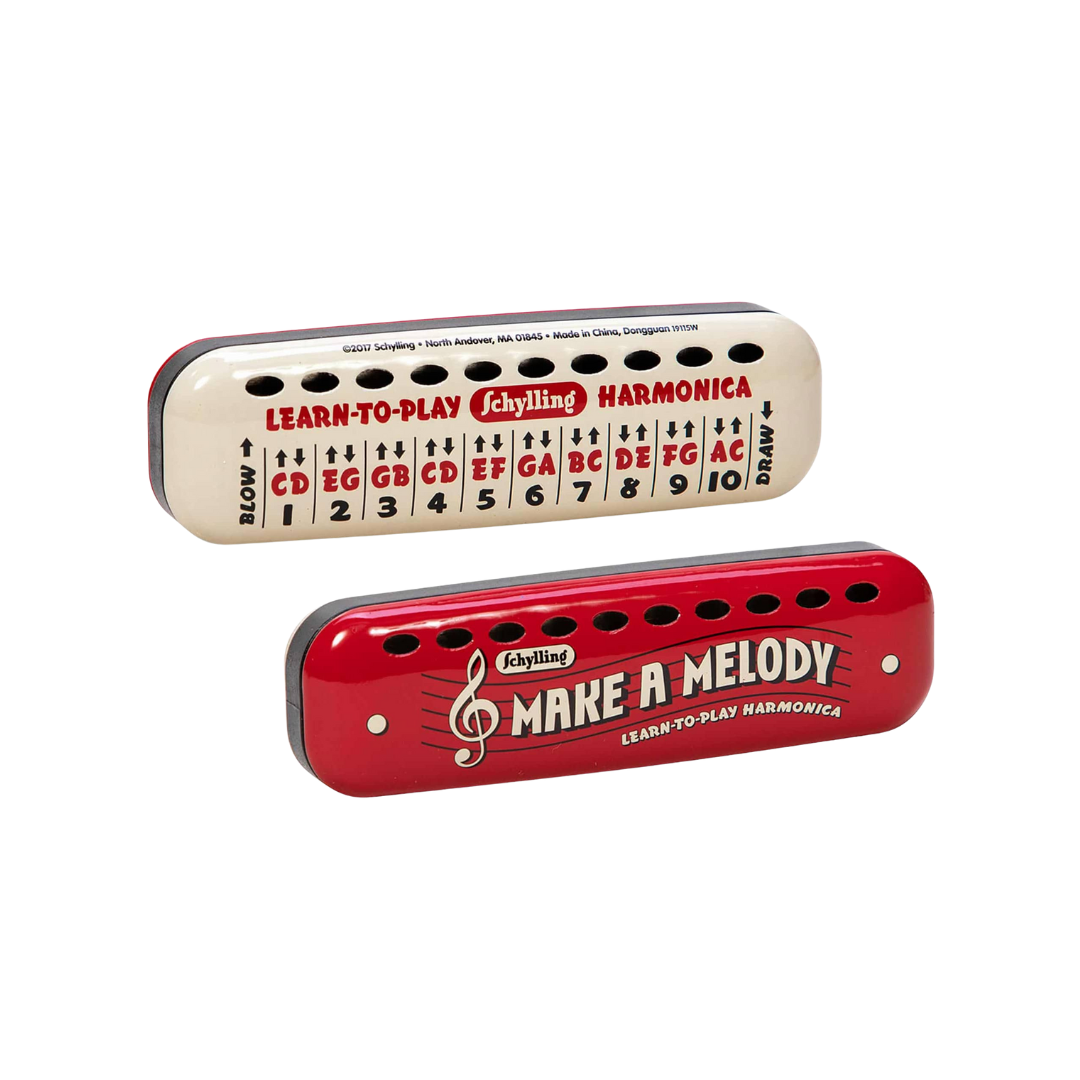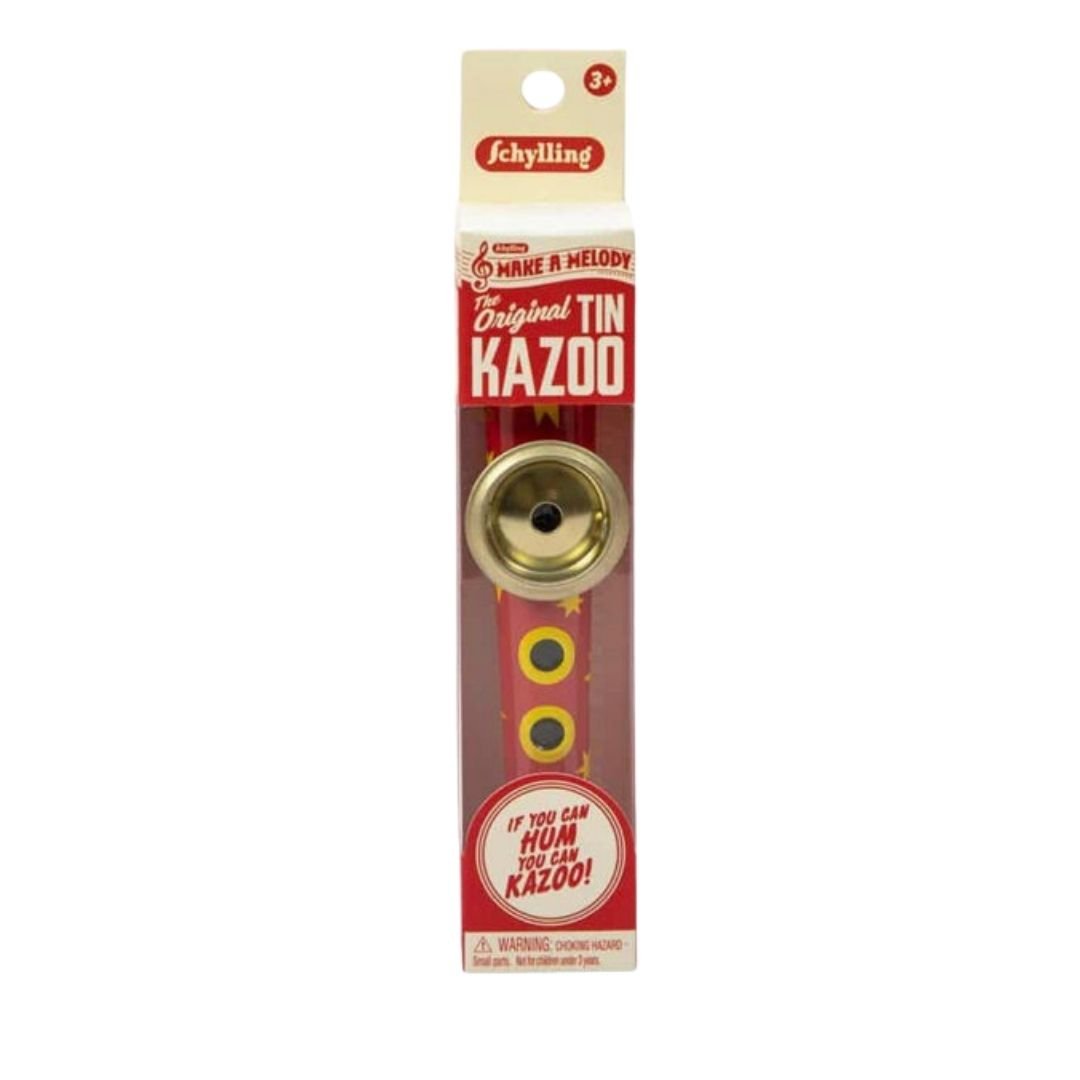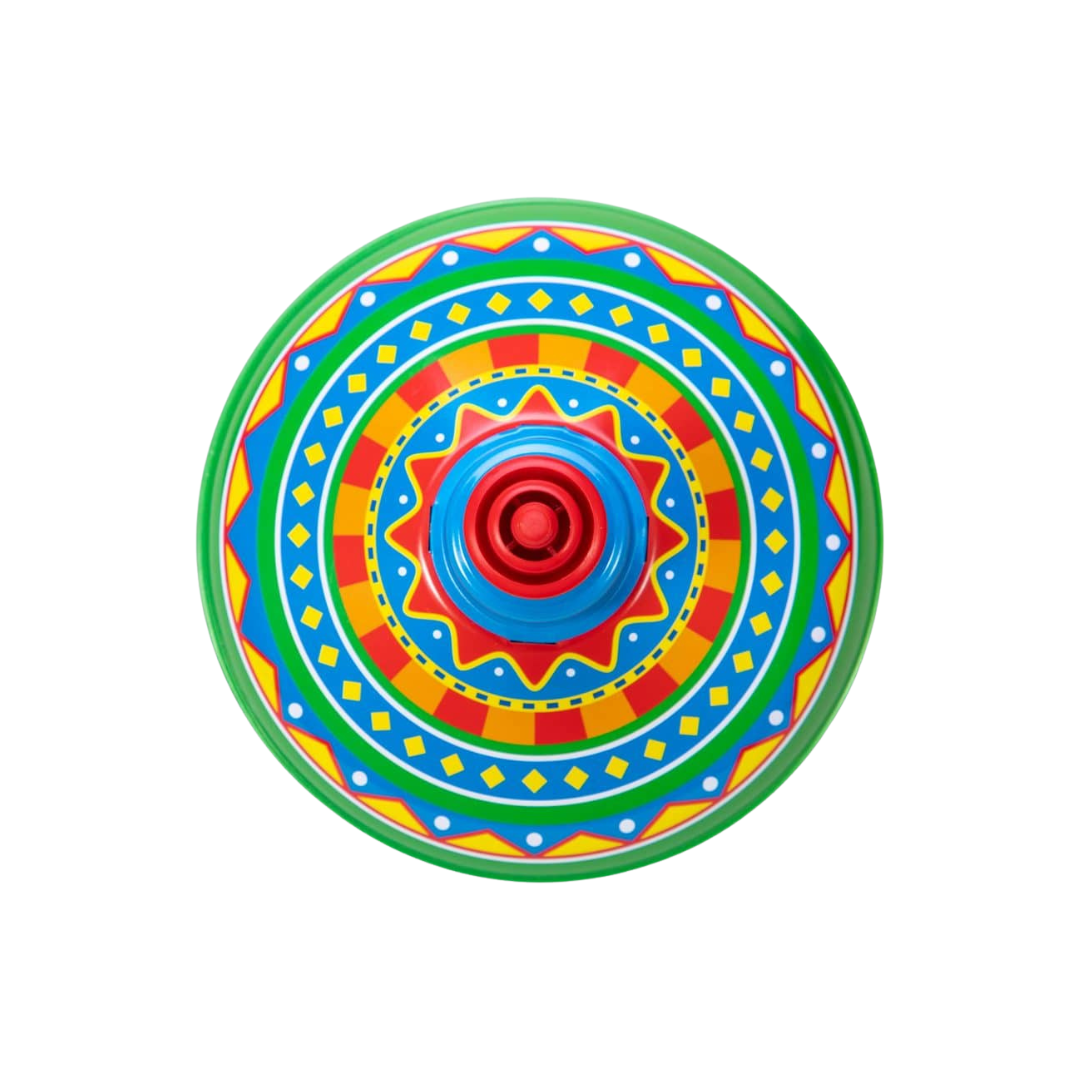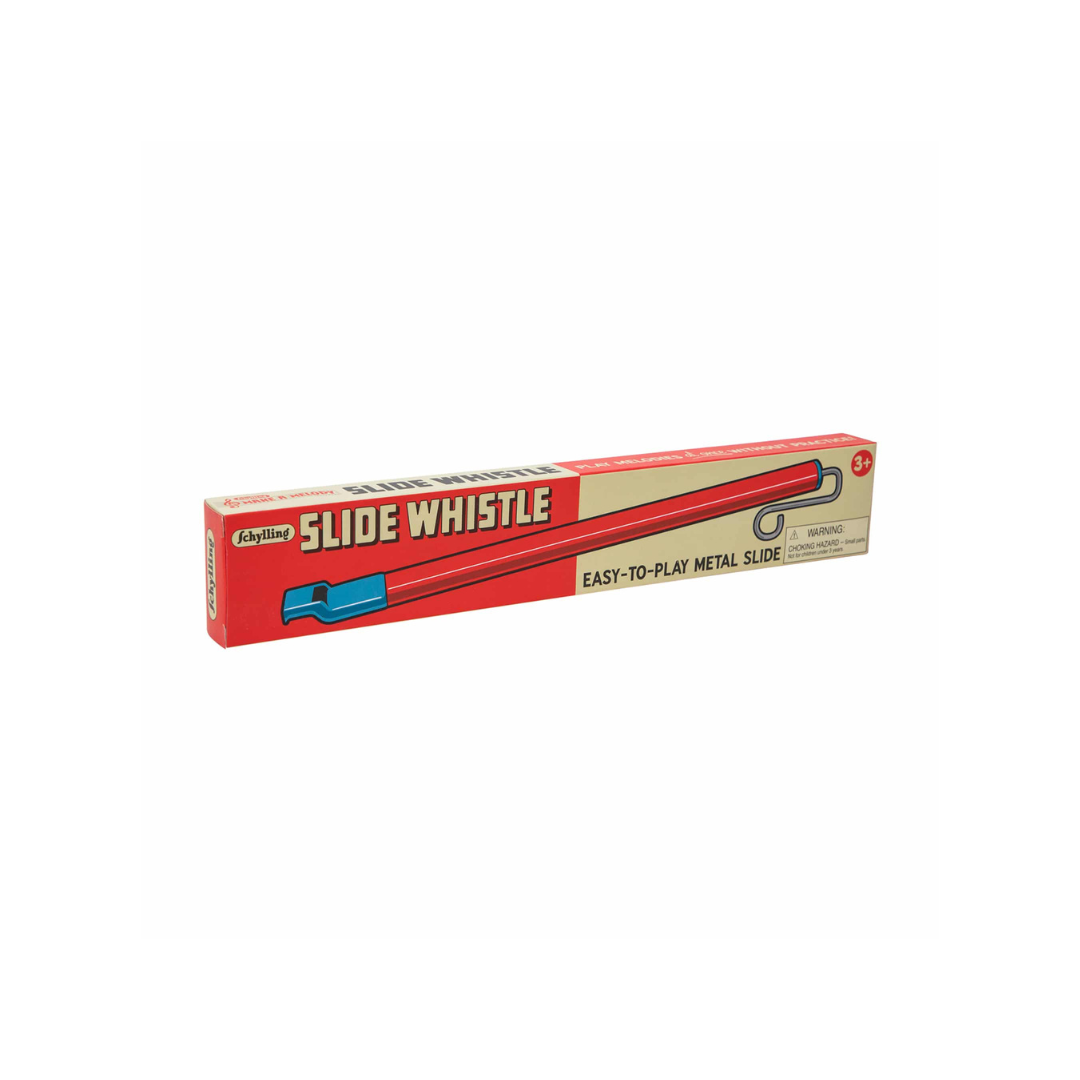Classic Games | Dominoes
Wherever the classic game of Dominoes originated from, we are glad it stuck around so long for many, many generations to enjoy!
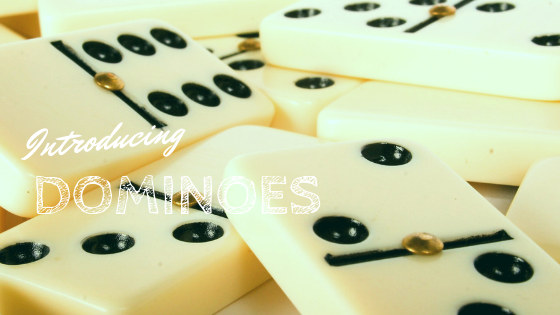
The classic game of Dominoes is a strategy game played with a set of rectangular pieces with dot markings between two to four players. The aim of the game is to use all of your pieces to line up the dots on a new piece with the matching dots on the previous piece, making a line.
The word Domino has been around a lot longer than the game. Going back to the 17th century where the French word ‘Domino’ was used to describe a hood worn during winter by priests. It is thought that the French meaning for Domino most likely originated from the even older Latin word ‘Dominus’ which meant Lord or Master. The domino hood is still around today and can often be seen in its traditional form at Masquerade balls.
Fun Fact: The dots on the Domino pieces are called pips, nips or dobs.
It is believed that Dominoes originated in China, although it is also thought that they possibly may have Egyptian or Arabian origins. The oldest written mention of dominoes is recorded in a book written by Zhou Mi during the Yuan Dynasty. Zhou Mi mentions ‘pupai’ (which meant gambling plaques or dominoes) during the reign of Emperor Xiaozong between 1162 and 1189.
Fun Fact: The earliest manual for dominoes was written by Qu You (1341 – 1437) but some believe this to be forgery.
During the 18th Century dominoes began to make an appearance in Italy. It is said that Italian missionaries brought the game back from China and then it spread throughout Europe. The game then changed somewhat in the translation from Chinese to European culture. Traditionally, European dominoes where made from ivory or dark hardwood like ebony, they have also been known to be made of marble, granite, oak, cedar, redwood and metals such as brass.
Fun Fact: a Domino set is called a deck or pack.
In the Netherlands there is an annual domino toppling exhibition called Domino Day. The first Domino Day was held in 1986. Domino Day in 2005 saw an astounding four million dominoes being knocked over by a team from Weijers Domino Productions.
Many domino records have been set over the years, the most popular including:
longest domino spiral – 200m
highest domino climb – 12m
smallest domino tile - 7mm
largest domino tile – 4.8m
longest domino wall - 16m
largest domino structure – 25,000 tiles
fastest topple of 30 metres of domino tiles - 4.21 seconds, and
largest number of domino tiles resting on a single domino – 1002
Fun Fact: In Berlin on November 9, 2009 giant dominoes where toppled in a 20th anniversary commemoration of the fall of the Berlin wall.
The game of dominoes is said to be one of the oldest games in history. Dominoes is a great family game which involves tactic and strategic game play. We don’t mind where it originated from, whether it came from China, Egypt or Arabia we are just glad it stuck around so long for many, many generations to enjoy!
Classic Toys | Rubik’s Cube
If you search for “The most popular toy in history” you will most definitely see mention of the Rubik’s cube.
Invented in 1974 by 30 year old Hungarian professor of Architecture and sculpture, Erno Rubik, the ever popular puzzle has been an all time classic for decades, stumping puzzlers young and old with its magical logic.
If you search for the most popular toy in history you will most definitely see mention of the classic Rubik’s Cube.
The six sided puzzle is made up of 26 plastic mini cubes often referred to as ‘cubies’ or ‘cubelets’ which all interlock in a way that prevents them being pulled apart. The object of the Rubik’s Cube is to solve the puzzle by lining up each side of the cube with the different colours.
Invented in 1974 by a 30 year old Hungarian professor of architecture and sculpture, Erno Rubik, the ever popular puzzle has been an all time classic for decades, stumping puzzlers young and old with its magical logic.
The Rubik’s Cube was was never meant to be a toy though. The inventor had the idea of constructing a handheld puzzle with the original intention being to help people understand three dimensional Geometry. The invention proved so curious however that it soon took the world by storm!
Erno Rubik got the patent for his creation in 1975 and paired with another Hungarian toy maker, they soon set the world on fire with this amazing toy, selling over 350 million cubes in the past 40 years.
Fun Fact: The original name for the Rubik’s Cube was the ‘Magic Cube’. It was renamed in 1980 to ‘Rubik’s Cube’, after the inventor as it was bizarrely felt that ‘Magic Cube’ invoked ideas about witchcraft.
The very first prototypes of the cube were made out of wooden blocks and paperclips, with the first test batches of a plastic cubes first being released into a toy shop in Budapest in 1977.
In 1980 the Rubik’s Cube won its first ‘Game of the Year’ award, with a staggering 200 million cubes being sold worldwide during the period 1980 – 1983. The Rubik’s Cube then went on to win ‘Toy of the Year’ two years in a row in 1980 and 1981, with ‘New Scientist’ magazine famously noting in 1981 that the Rubik’s Cube had:
‘Captivated the attention of children ages 7 – 70 all over the world this summer’.
Fun Fact: It took Erno Rubik over a month to finish his own puzzle!
The Rubik’s Cube craze kept growing and in 1981 the Rubik’s Cube was featured on the front cover of Scientific American, as an awe-inspiring advancement in science and technology. In the same year the first ever Super Cubing Championship was held by the Guinness Book of Records in Munich, for cubers to complete the puzzle in the quickest time possible. Jury Froeschl set the record for completing the cube in an amazing record time of 38 seconds!
That record was fabulously broken one year later by a Vietnamese student who set the record at 22.95 seconds. The current world record is an amazing 4.90 seconds held by a 14 year old boy since 2015. There is even a three year old from China who solved it in less than two minutes! Wow!!
Over the years the competitions have evolved to include variations such as solving the cube one handed, blindfolded, underwater, in a single breath and even using ones feet (that record stands at 20.57 seconds)! To this day however, no human has ever been able to beat a robot in completing this puzzle.
Fun Fact: Three of the top ten bestselling books of 1981 were books based on the Rubik’s Cube with the number one bestseller being, ‘The Simple Solution to Rubik’s Cube’, which sold a whopping six million copies.
During the 1980’s and 1990’s the Rubik’s Cube was still being marketed and sold but sales decreased. It wasn’t until the early 2000’s that sales began to soar again as retro toys became popular once again, with sales doubling between 2001 and 2003. In 2003 the first Rubik’s Cube Championships were held since 1982 with an astounding 83 participants.
Fun Fact: Less than 5.8% of the whole world’s population can solve the Rubik’s Cube.
2006 saw another rise in sales when Will Smith was shown solving the Rubik’s Cube in the popular movie The Pursuit of Happiness. The cube has also appeared in a number of other movies such as Despicable Me 3, Tron Legacy, Dude Where’s My Car, Armageddon, The Amazing Spiderman, Wall-E and Snowden. You can also catch a glimpse of the cube in the popular TV shows The Big Bang Theory, South Park and The Simpsons.
Fun Fact: The Rubik’s Cube has 43 quintillion possible configurations (that’s a million raised to the power of five!)
Classic Toys | Kaleidoscope
Amaze the eyes with brilliant colours and patterns with the classic Schylling design. These beautifully illustrated tin kaleidoscopes continue to dazzle all who lay their eyes on them, and little hands always make a beeline for them in store.
Amaze the eyes with brilliant colours and patterns with the classic Schylling design. These beautifully illustrated tin kaleidoscopes continue to dazzle all who lay their eyes on them, and little hands always make a beeline for them in store.
The kaleidoscope is thought to have been invented in 1816 by Scottish inventor Sir David Brewster, with its name originating from the Greek words meaning ‘beautiful form watcher’.
Did you know that Sir David Brewster went on to advance lighthouse lens and stereoscope designs.
The visual stimulus provided by the kaleidoscope therapeutically promotes positive joyful emotions and promotes good mental health through colour therapy. We always new that traditional toys were good for you!
Classic Toys | Jacob's Ladder
Our Jacob’s Ladder is a traditional wood and lace click-clack toy and is a timeless classic, and a perfect edition to any toy collection. The Jacob’s Ladder is the original fidget spinner, perfect for busy hands.
Our Jacob’s Ladder is a traditional wood and lace click-clack toy and is a timeless classic, and a perfect edition to any toy collection. The Jacob’s Ladder is the original fidget spinner, perfect for busy hands.
The true origin of this classic toy, which produces visual and kinetic illusion is a mystery, however many believe that the toy finds its origins in China. We do know however that it received its earliest toy review in a 1889 American scientific article, describing the magic behind the mechanics.
In the 1700’s a Japanese polymath constructed one which was called Gennai’s Wondrous Click-clack; a name that is still around today. Another popular variation of this classic toy was an American 1940’s version, which had an indentation for a penny to disappear & re-appear.
Wherever it came from, the Jacob’s ladder is here to stay!
Classic Toys | Yo-Yo
In 1928 Pedro Flores, a Filipino immigrant opened the first ever yo-yo (also known as yoyo) manufacturing company in Santa Barbara, USA. By the end of the following year an additional two factories had been built to maintain the popularity of this toy, turning out 300,000 yo-yos daily!
In 1928 Pedro Flores, a Filipino immigrant opened the first ever yo-yo (also known as yoyo) manufacturing company in Santa Barbara, USA. By the end of the following year an additional two factories had been built to maintain the popularity of this toy, turning out 300,000 yo-yos daily!
Although Flores was the first man in history to build a yo-yo factory, popularise and distribute Yo-yos across the globe he was not however the first man to design the yo-yo.
The first mention of the yo-yo goes way back to ancient Greece in the year 500 BC; these ancient toys were made out of various different materials such as terracotta clay, metal or wooden discs and were simply just called ‘a disc’. There was an ancient Greek custom that when a child turned a certain age they would offer toys of their youth to the Gods as a gift. Discs made from terracotta where often used as gifts for the Gods rather than play, due to the fragile nature of terracotta.
There have been many historical artworks found depicting people of all ages playing with Yo-yos, from Australia, Egypt and India, travelling through the ages to the upper classes of France and Scotland, before making its way to England.
In 1815 Napoleon and his army are known to have been seen playing and relaxing with yo-yos before the famous battle of Waterloo.
Here at The Vintage Toy Box we stock several different traditional styles of yo-yos, all made from solid wood and beautifully painted. There are so many tricks you can learn and master with yo-yos including walk the dog, around the world, the sleeper and many more. This simple toy, inspired by ancient civilisation will keep the young and old entertained for hours.
Classic toys from the 1950s, 60s, 70s & 80s
The 'good old days' were a lot of fun for kids. In the past, children had more engagement with their toys than they do today, and they formed a longer attachment.
The 'good old days' were a lot of fun for kids. In the past, children had more engagement with their toys than they do today, and they formed a longer attachment. There weren't countless number of toys to choose from and to play with. Children bonded with their toys, and allowed their imagination to take over in their creative play. This article gives a quick glance at those toys from the 1950s to the 1980s which have created wonderful memories for kids throughout the decades.
The 1950s saw a surge of toys in the market, as post war indulgence changed the way that people spent. Tin toy cars flooded the market (Dinky & Matchbox), along with friction cars, Tonka trucks, kitchen sets, Tiny Tears dolls, Hula hoop, Barbie and farm equipment. These toys are the essence of vintage toys and all to this day still remain. Most have evolved over time, but their timeless, classic design still ensures that generations of children still love to play with them.
A large number of toys which were introduced back in the 1960s are still also around today. The 1960s heralded a golden era for toys, with bigger families, and more disposable income paving the way for greater choice and variety. If you take a close look at toys available in the 60s and 70s, you will not see a great deal of difference between the offerings. The toys were quite similar and still hold great enjoyment for the next generations of kids.
A few toys and games like Ker-Plunk, Twister, Etch A Sketch, Slip 'n' Slide, Rubik's Cube, Spirograph and G.I. Joe can still be found in children's toy boxes and toy stores now.
Another major influence on toys was the introduction of TV into people's homes. Toy manufacturers realised that they could theme toys on popular TV shows, and the toys would fly of the shelves. The batman comic books became hugely popular and batman-themed toys started filling the shelves of toy stores. This was a huge profit making game-changer for all the toy makers.
As time moved on, and families had more disposable income & greater spending power, toy manufacturers had to start thinking outside the box if they wanted to increase their sales.
To make things a bit more fun and exciting for the kids, toy manufacturers started introducing electricity into toys, and a whole other world of new, innovative toys came into being with the dawn of electronics. Toys would never be the same again. Every Christmas, we now see the release of the newest, biggest, flashiest toy. In amongst all of these toys though, and still standing the test of time, are the classic toys from the 1950s, 1960s, 1970s & 1980s.
These toys and games passed on from decades before are still famous, popular and loved even now. Grandparents give the retro toys to their grandchildren, and watch with delight as the children play. Old memories flooding back of the joy that they themselves used to feel playing with the same toys when they were young.
There's nothing like playing with an old toy to bring back happy memories.
Classic Retro Toys
The first thought that often comes to mind on hearing the phrase retro toys is that they no longer exist anymore – that they are toys of yesteryear. This however is far from true.
Classic retro toys are still loved by kids of today!
The first thought that often comes to mind on hearing the phrase retro toys is that they no longer exist anymore – that they are toys of yesteryear. This however is far from true. They have become a lifeline for many kids in today’s generation, and likely will be for every generation to come. The distinctive reasons as to why these toys are still so popular are that these toys provide excellent quality entertainment, are built to last, involve simple concepts, encourage the imagination, and since they are low technology, they are very easy to use.
Retro toys are a creative outlet for many kids in today’s modern, busy world.
The toys of modern day are built to be disposed, in our throwaway plastic society – the noisier, the faster, the brighter, the better. But this comes with a great cost, to society, to the land, to the air that we breathe, to future generations. Toys are no longer durable and designed to be passed down from generation to generation. Classic, traditional toys stand the test of time, and are a wonderful way to conjure up old memories. They are one of the most fun ways of remembering past days of your own childhood.
Here are a few classic retro toys which have stood the test of time.
Marbles
This is a classic game which is still going strong today. It can be best played when a group of friends get together to have marble competitions. It is one of the best ways to build your child’s hand-eye co-ordination and turn-taking skills. The game never gets old. Basically, it consists of a collection of round coloured glass beads. So simple!
Yo-yo
These are one of the most classic retro toys which are loved by kids of all ages. They are easy to play with and are great fun. The toy contains an axle which connects two disks and a long length of string which is looped around the axle. You have to throw the yo-yo, spin and unwind the string and again look it back in its previous form. Hours of fun, and so many tricks that can be performed.
Frisbee
It is one of the best toys for kids to get engaged in some sort of physical activity. This game can be played for hours in the back yard, on the beach or on a camping trip with friends & family. This toy has never gone out of favour over the decades.
Matchbox & Dinky cars
These retro collections of cars and trucks are one of the biggest hits among kids. Children have been drawn to these collections for decades. If you present your child with anything from these collections, they are sure to love it, and you will see them spending most of theirs time with those set of wheels.
If you want to surprise your kids with a gift, retro toys are the best way to go about it.






